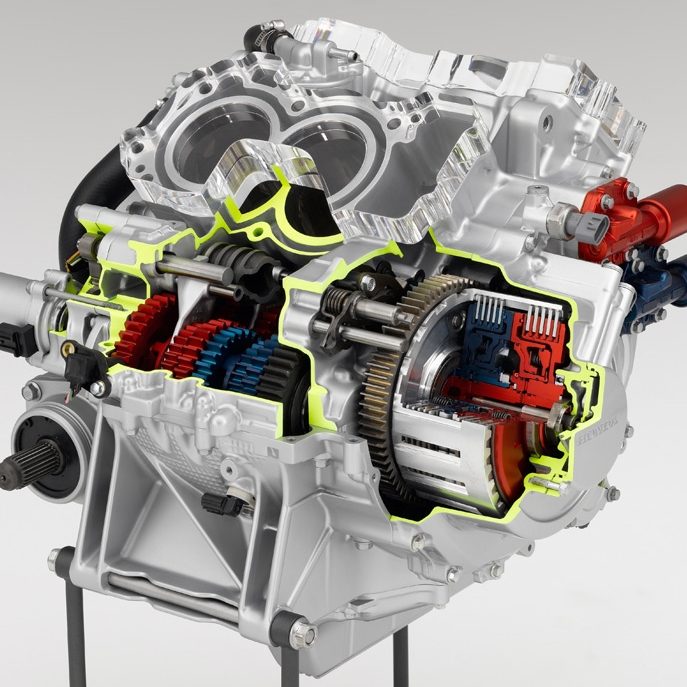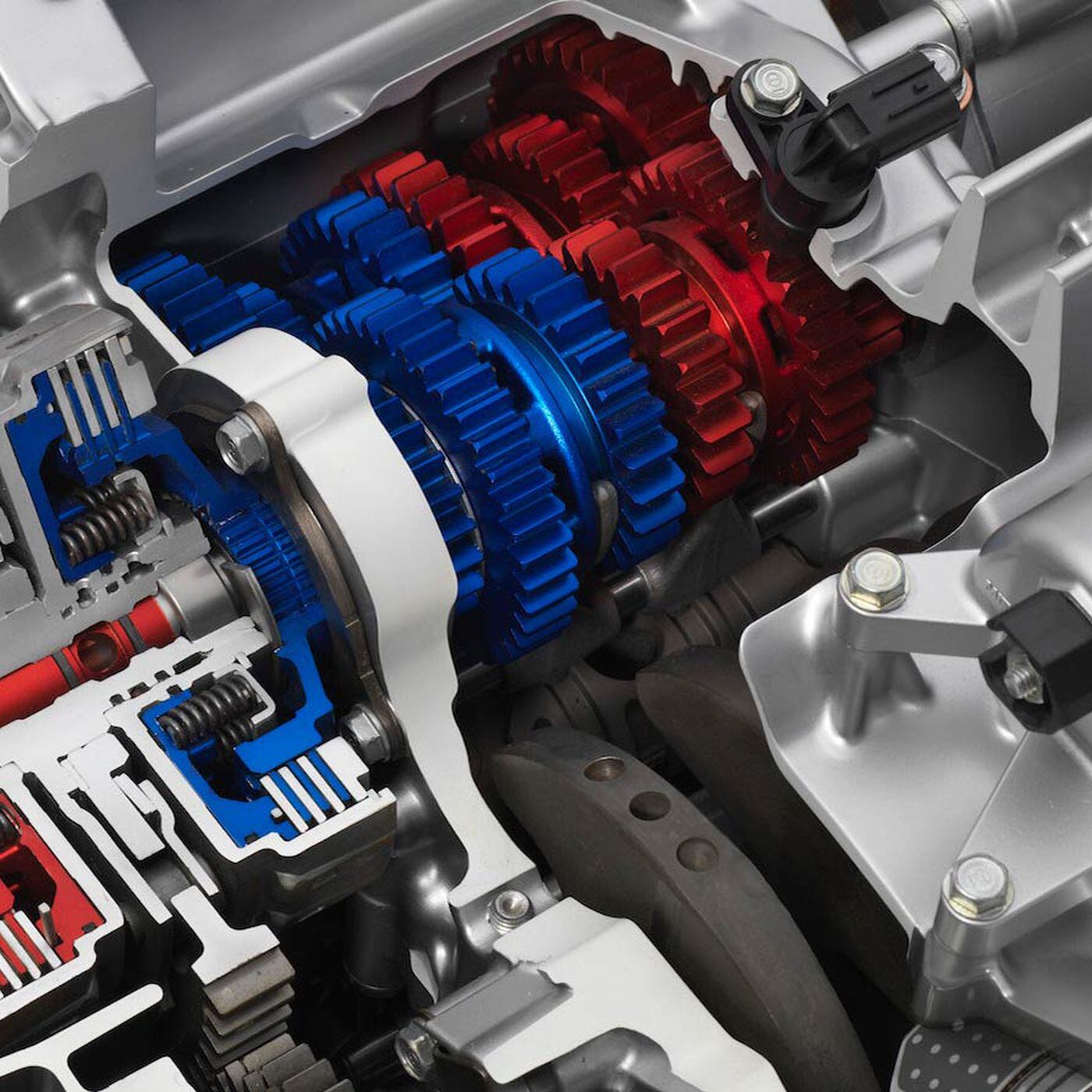Understanding Electric Motorcycle Automatic Transmission
The world of motorcycling is evolving rapidly, and one of the most notable changes is the adoption of electric motorcycles. Among the features transforming the riding experience is the automatic transmission. With the traditional manual transmission often being a barrier for some riders, the advent of electric motorcycle automatic transmissions is making motorcycling more accessible and enjoyable. In this article, we will explore the various dimensions of automatic transmissions in electric motorcycles, examining their benefits, technologies, and potential future developments.
The Rise of Electric Motorcycles
Electric motorcycles are witnessing a surge in popularity, fueled by advancements in technology and growing environmental concerns. The shift from gasoline-powered to electric models is not just a trend; it signifies a deeper transformation in how we view transportation. More riders are drawn to the benefits of electric motorcycles, including reduced emissions and lower operating costs. However, one key aspect that facilitates this transition is the incorporation of automatic transmission systems.
The Benefits of Electric Motorcycles
- Environmental Impact: Electric motorcycles produce zero tailpipe emissions, significantly reducing their carbon footprint. As cities implement stricter regulations regarding emissions, electric motorcycles present a cleaner alternative.
- Economical Maintenance: Electric motorcycles typically require less maintenance than their gas counterparts. With fewer moving parts, there’s less wear and tear, leading to lower maintenance costs over time.
- Performance Levels: The instant torque offered by electric engines provides a unique riding experience. Riders can enjoy high acceleration and a smooth riding experience, often unparalleled by traditional motorcycles.
- Lower Operating Costs: Charging an electric motorcycle is generally cheaper than filling a gas tank. Additionally, many states offer incentives for electric vehicle owners, further lowering costs.
- Reduced Noise Pollution: Electric motorcycles operate quietly, offering a more serene riding experience and reducing noise pollution in urban areas.
What is Automatic Transmission?
Automatic transmission in motorcycles, particularly electric motorcycles, differs significantly from traditional manual transmissions. An automatic transmission system allows the rider to operate the motorcycle without needing to manually change gears. This technology is designed to enhance the user experience, particularly for novices or those who prefer a more relaxed riding style.
How Automatic Transmission Works
Automatic transmissions utilize several technologies to function effectively:
- Continuously Variable Transmission (CVT): CVTs are common in electric motorcycles. Unlike traditional transmissions, they don’t use fixed gears but instead offer a seamless range of gear ratios. This allows for smooth acceleration without the sensation of gear changes.
- Dual-Clutch Transmission (DCT): Found in some high-performance electric motorcycles, DCTs utilize two clutches to deliver rapid shifts between gears. This offers a sportier ride and enhances performance.
- Electric Motor Management Systems: An integral part of automatic systems, these technologies manage the power output of the electric motor to optimize performance and efficiency. They gauge factors such as speed, throttle position, and even rider preferences to deliver an ideal riding experience.
Comparing Automatic and Manual Transmissions
The debate between automatic and manual transmissions has been ongoing for decades in the motorcycle world. While purists argue for the engagement of riding with a manual system, automatic transmissions offer several advantages:
Benefits of Automatic Transmission
- Ease of Use: Automatic transmissions allow riders to focus on the road without the distraction of shifting gears. This is particularly beneficial in stop-and-go traffic or urban environments.
- Learning Curve: For new riders, learning to operate a manual transmission can be overwhelming. Automatic transmissions simplify this process, making it easier for beginners to take to the road.
- Consistent Performance: Automatic systems consistently deliver power and torque, particularly in changing conditions or on varying terrains.
- Improved Safety: By eliminating the need to constantly shift gears, automatic systems allow riders to keep both hands on the handlebars and their full attention on the road.
Limitations of Manual Transmission
- Connection to the Machine: Many riders argue that a manual transmission provides a deeper connection to the motorcycle. The sensation of shifting gears can enhance the riding experience for those who relish the mechanics of motorcycling.
- Control Over Power Delivery: Manual transmissions offer riders better control over power delivery, which can be advantageous in certain conditions such as aggressive cornering or adverse weather.
- Customization: With a manual system, experienced riders can tailor their bike’s performance to their preferences, taking full advantage of the engine’s power band.
The Leading Electric Motorcycle Brands Offering Automatic Transmission
Several leading brands are pioneering the automatic transmission system in electric motorcycles. Below are some noteworthy examples:
Zero Motorcycles
Zero Motorcycles is a well-known name in the electric motorcycle industry. Their models, such as the Zero SR/F and SR/S, utilize a robust automatic transmission system that maximizes efficiency and provides a seamless ride. The intuitive electric drive system allows riders to enjoy the benefits of an automatic transmission while experiencing thrilling performance.
Harley-Davidson LiveWire
The Harley-Davidson LiveWire represents the iconic brand’s venture into the electric motorcycle market. The LiveWire features a unique approach to automatic transmission, utilizing advanced electronics to manage power output seamlessly. This enables riders to experience the unmistakable performance that Harley-Davidson is known for while enjoying the advantages of electric mobility.
Energica
Energica is an Italian electric motorcycle manufacturer that offers high-performance models, such as the Energica Ego and Eva. Both models incorporate advanced automatic transmission systems, ensuring smooth power delivery and exhilarating rides. Energica’s commitment to performance is evident in their use of cutting-edge electronic management systems that enhance the automatic transmission experience.
The Future of Automatic Transmission in Electric Motorcycles
The future of electric motorcycle automatic transmissions appears promising, with ongoing advancements in technology. As manufacturers continue to explore new designs and features, we can anticipate several trends:
Enhanced Connectivity
With the rise of smart technology, electric motorcycles are becoming more interconnected. Future automatic transmission systems may incorporate data analytics to predict riding behavior and optimize power delivery accordingly. This level of customization can help riders achieve their desired riding styles while maximizing efficiency.
Improved Energy Management
Future advancements may enable automatic transmission systems to manage energy consumption more effectively. By analyzing riding patterns and conditions, these systems could improve battery life and range, addressing one of the primary concerns for electric motorcycle users.
Sustainability and Materials Innovation
As environmental awareness grows, the materials used in motorcycle manufacturing will likely evolve to become more sustainable. Lightweight, durable materials can further enhance the performance of electric motorcycles while aligning with eco-friendly initiatives.
 Challenges Facing Automatic Transmission in Electric Motorcycles
Challenges Facing Automatic Transmission in Electric Motorcycles
While the future looks bright for electric motorcycle automatic transmission systems, several challenges must be considered:
Cost Barrier
The technology behind automatic transmissions can significantly increase the cost of electric motorcycles. For many potential buyers, this price point may be prohibitive, especially when compared to traditional motorcycles with manual transmissions.
Consumer Perceptions
Some riders may be hesitant to embrace automatic transmissions, viewing them as a compromise on the “true” riding experience. Changing these perceptions will be crucial for the broader acceptance of electric motorcycles with automatic systems.
Maintenance and Repairs
Although electric motorcycles generally require less maintenance than their gasoline counterparts, the complexity of automatic transmission systems can pose challenges. Finding skilled technicians familiar with electric motorcycle technology may become a barrier for some regions.
Conclusion
Electric motorcycle automatic transmissions represent a significant breakthrough in the world of motorcycling. They provide numerous advantages, including ease of use, consistent performance, and reduced environmental impact. As more manufacturers embrace this technology, the riding experience will continue to evolve, making electric motorcycles appealing to a broader audience.
In summary, the shift towards electric motorcycle automatic transmission systems is not only changing how we ride but also paving the way for a more sustainable future. As technology progresses, riders will enjoy a seamless blend of performance and convenience, making motorcycling an even more enjoyable experience. The future holds great promise for the ongoing development and adoption of electric motorcycle automatic transmission systems, ensuring that they remain at the forefront of the two-wheeled revolution.


